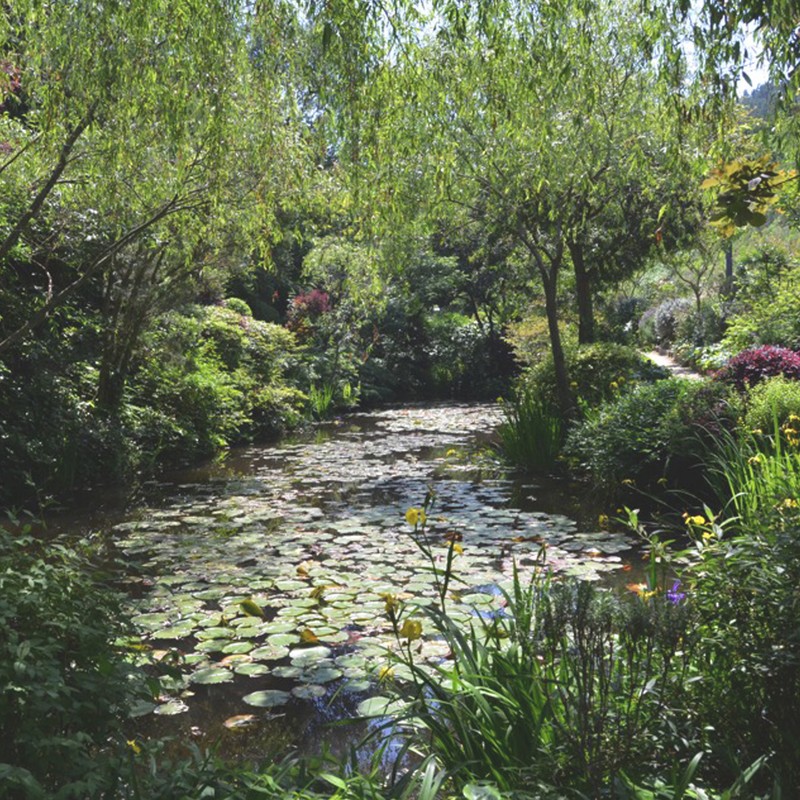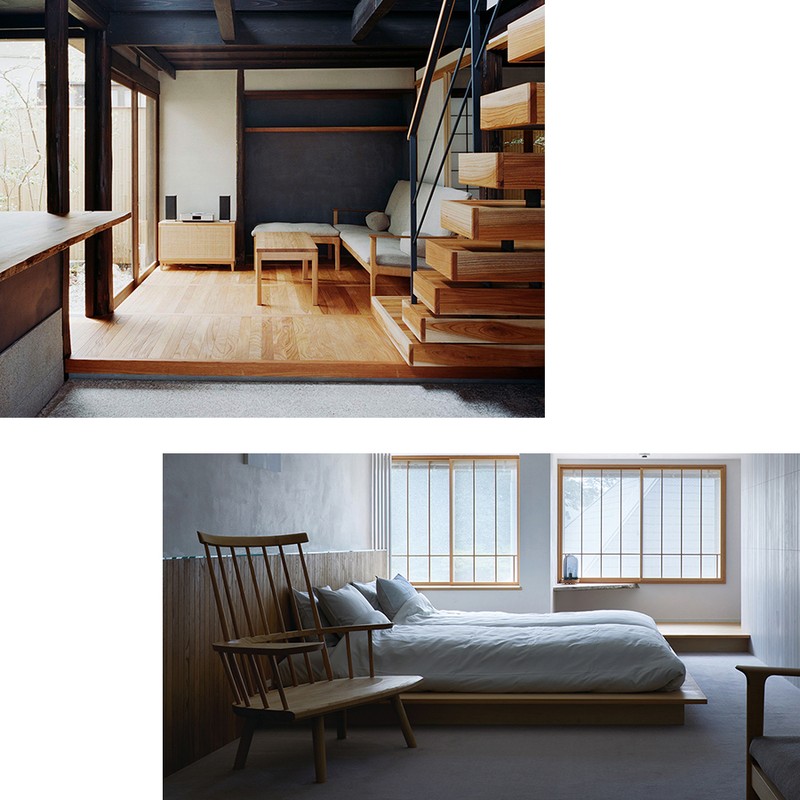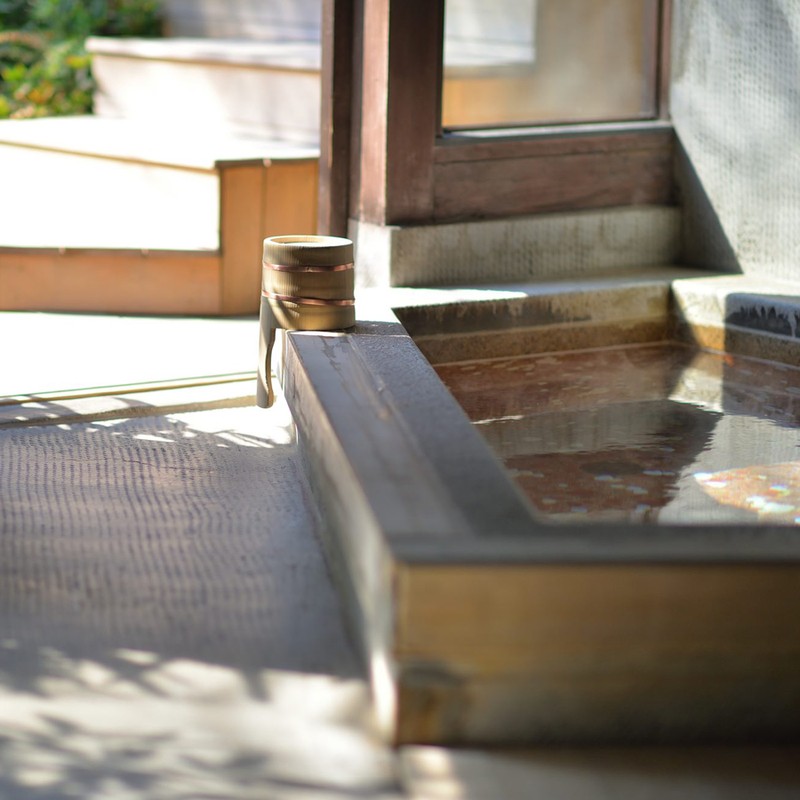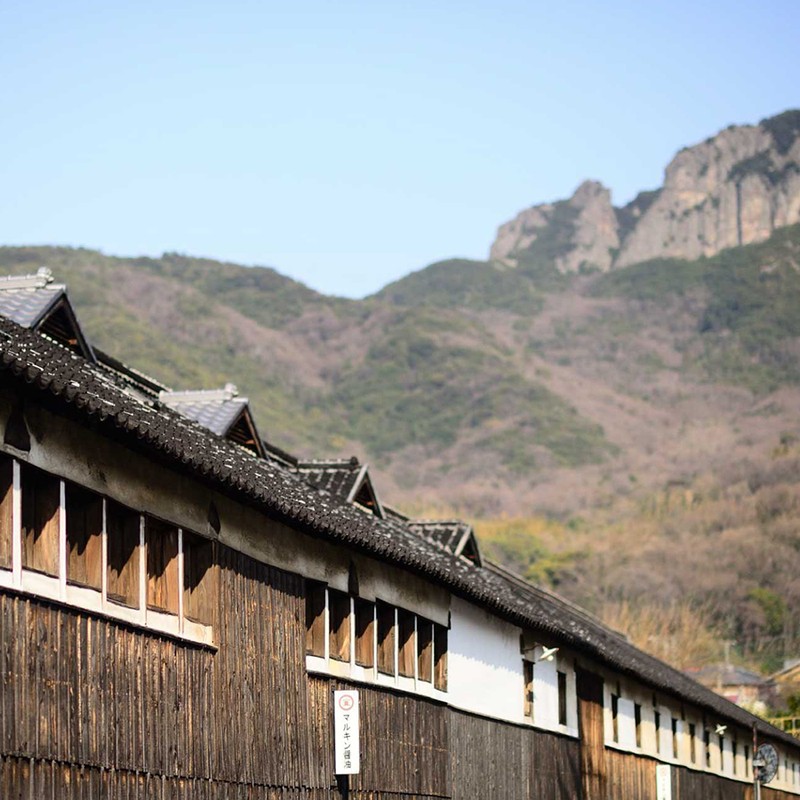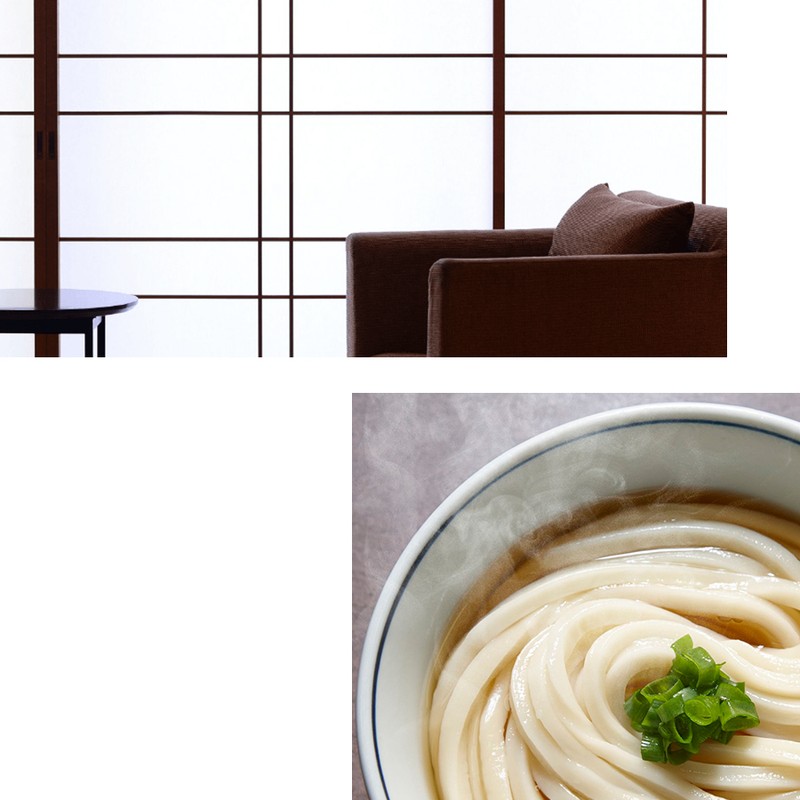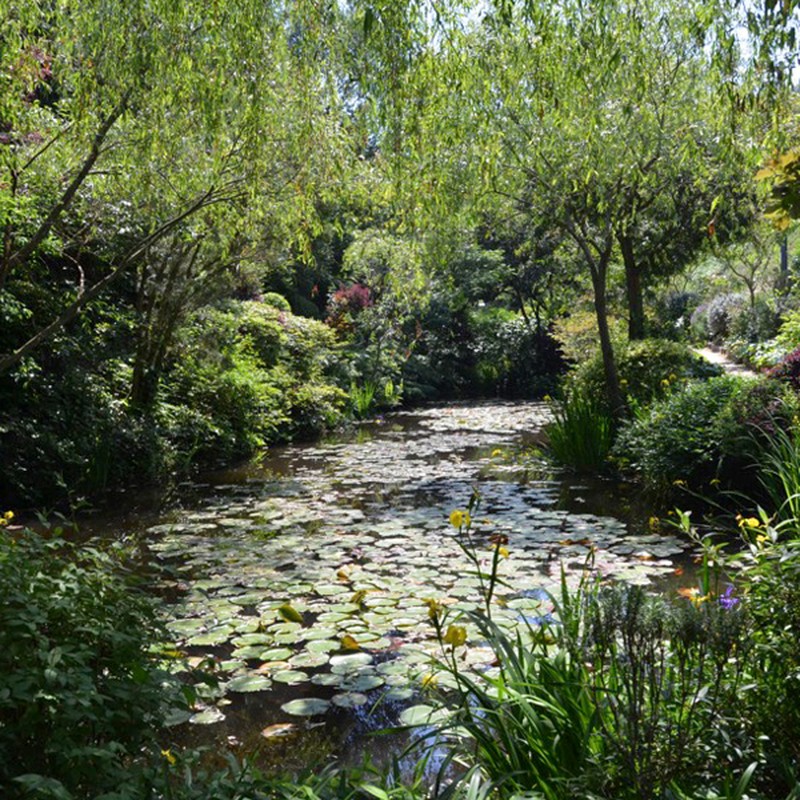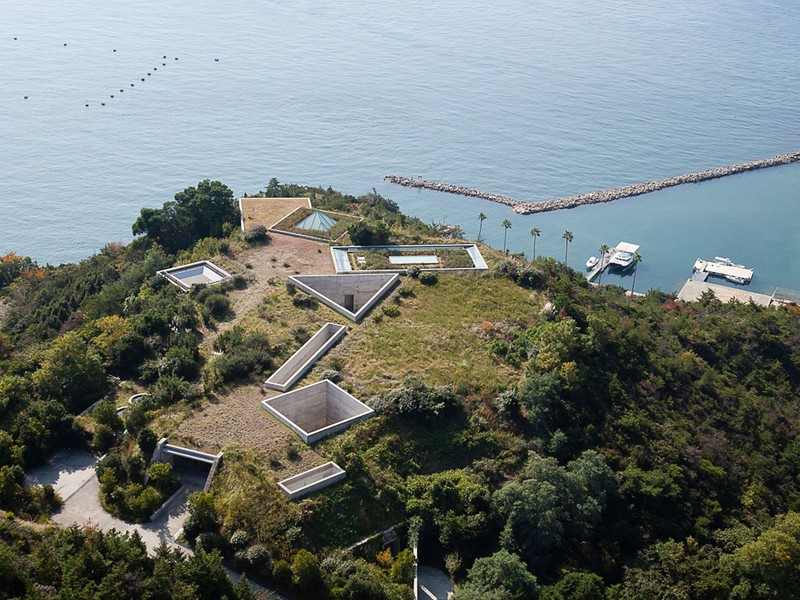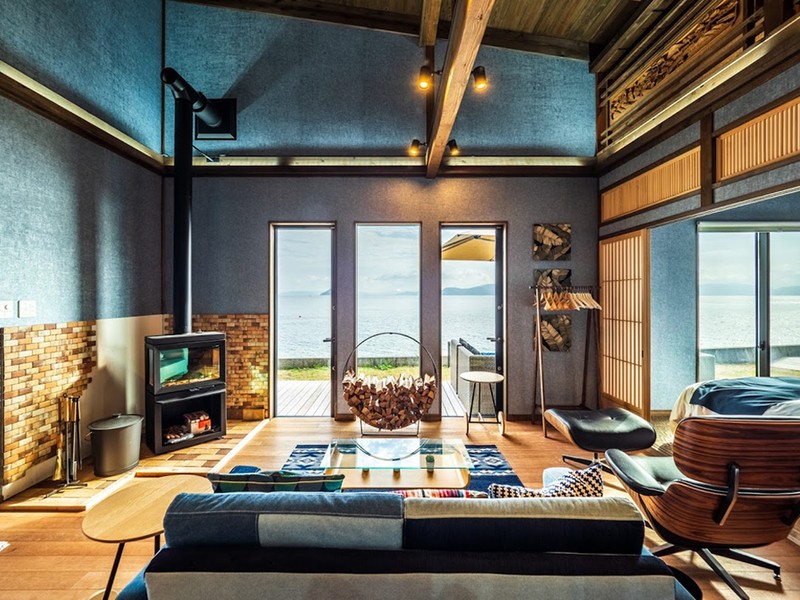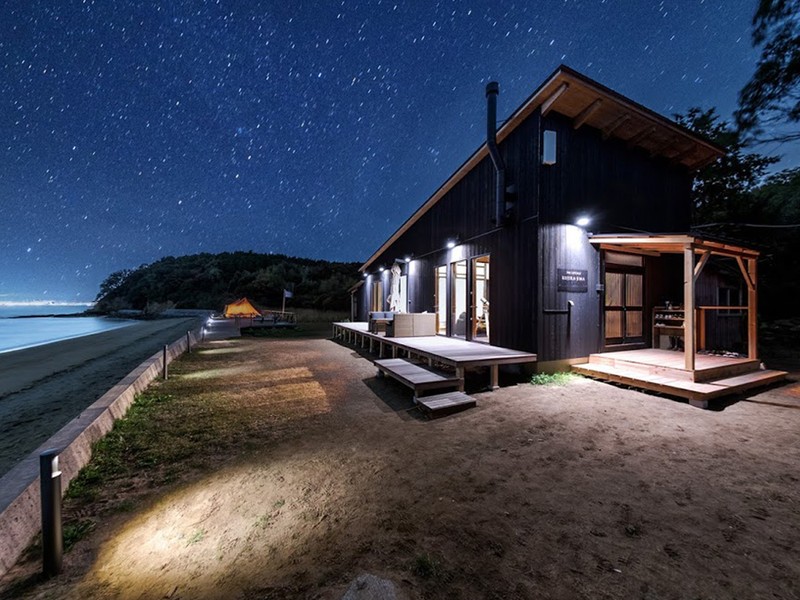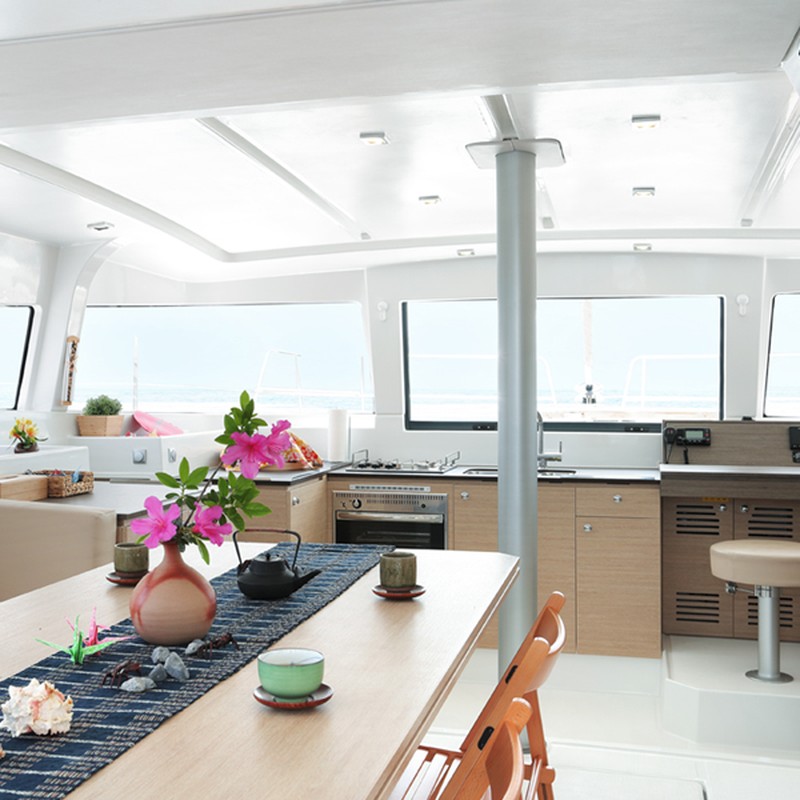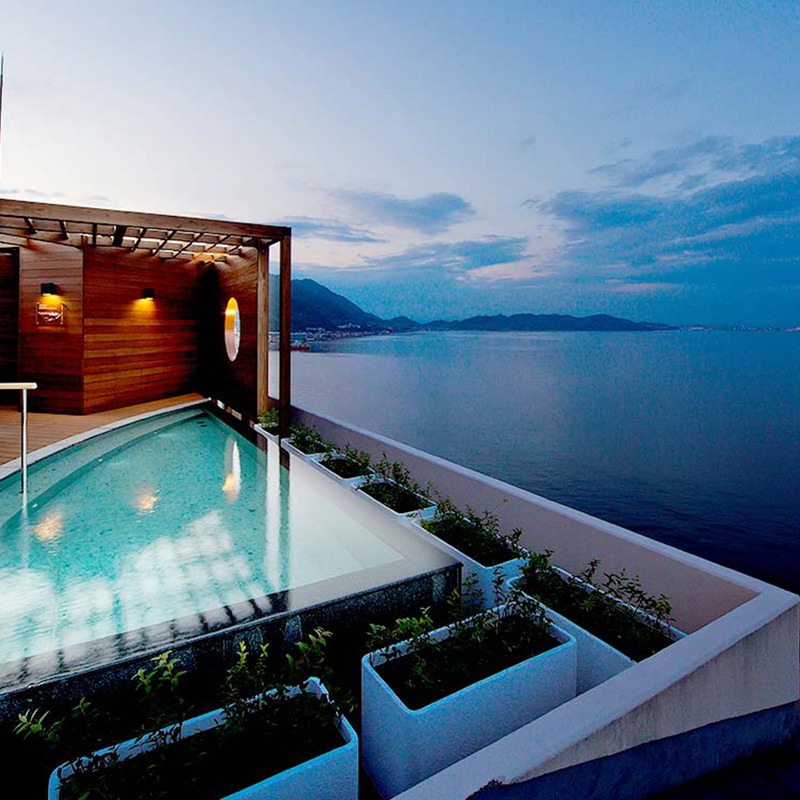These Japanese Islands Need To Go On Your Bucket List
Setouchi is another name for the Seto Inland Sea, which is off the south-west coast of Honshu, the largest of Japan’s four main islands and the one that includes Tokyo and Mount Fuji. Dotted around Setouchi, there are more than 350 smaller islands – many of them uninhabited. A warm climate, beaches and plentiful olive trees give Setouchi its unofficial title of the ‘Mediterranean of Japan’. Next to its natural beauty, the area is best known for its many art museums. It hosts the Setouchi Triennial art festival every three years, with the next edition about to begin on 28th September and running until 4th November.
If you’re flying into Tokyo, take a night at the grand Tokyo Station Hotel then jump onto one of the regular Shinkansen bullet trains to Okayama station (journey time just under three hours). With a maximum speed of more than 170mph, these sleek trains are the easiest and best way to get around Japan. The route down to Setouchi snakes around Mount Fuji and makes for an amazing way to start your trip. Don’t forget to grab an ekiben bento box for lunch.
KURASHIKI
From Okayama, there are regular ferry services to Kurashiki. This textile hub survived World War 2 unscathed and is a shining example of a Shogun-era merchant’s town. Its pretty canals are filled with swans and punts picking their way through the weeping willows and Shinto shrines. Around the prominent Ohara Museum of Art, the streets are filled with boutiques selling everything from sake and canvas bags to local denim and Bikan pottery. We found the best ceramics at TouTou Gallery, which has a new guesthouse next door. This modernised 100-year-old merchant’s house is filled with the gallery’s covetable homewares and is ideal for couples or small groups who want to be self-sufficient in stylish surroundings.
Where to stay: Ryokan Kurashiki
Ryokans are traditional Japanese inns, and Ryokan Kurashiki is up there with the most authentic. On the banks of the Kurashiki river in the centre of the Kurashiki Bikan Historical Quarter, this 270-year-old property is a refurbished late-Edo residence and sugar storehouse. There are just eight guest rooms, each one individually designed and varying in style and price. We were invited to dress in kimonos and wooden clogs for a traditional nine-course dinner featuring plenty of raw seafood, Kobe beef and Hiroshima oysters. The next morning is an ideal time to acquaint yourself with a true Japanese breakfast: miso soup, brown rice, fish, tofu, rolled omelette, natto (a pungent fermented paste), shirasu (sardine larval fish), umeboshi (marinated plums), mentaiko (crunchy marinated pollack roe) and lots of green tea. You’ll also get a glorious send-off from the staff.
SHODOSHIMA
Setouchi’s second-largest island is the true heart of the ‘Mediterranean of Japan’. Home to thousands of olive trees, agricultural Shodoshima is a voyage of discovery for foodies. Its famous hand-stretched somen are thin noodles best eaten cold on a hot summer’s day. Nakabu-an, a tiny factory, offers visitors the chance to don a fetching hairnet before hand-pulling and separating the noodles with oversized chopsticks. We enjoyed stepping back to admire the finished product hanging like curtains, rippling in the light. Yamaroku Shoyu is a small-batch producer of traditionally made soy sauce (only 1% of soy sauce is now made this way in Japan). On guided tours, fifth-generation family owner Yasuo Yamamoto shows off the kioke barrels that have been used to brew soy sauce for over 150 years. Yasuo recently had to learn to build his own barrels because everyone else is switching to mass-produced steel tanks. After a tasting, make sure to grab at least a soy sauce ice-cream for the road. The island’s cultural highlight is Yōkai Art Museum, which opened last year in a former kimono store. Run by painter Chubei Yagyu, it encompasses a coffee shop, restaurant and bookshop, as well as a plethora of gallery spaces dedicated to Yōkai – supernatural monsters.
Where to stay: Ryokan Mari
Ryokan Mari has seven rooms, each one decorated in an elegant Japanese design. You sleep Japanese-style on tatami mats with a thin mattress on top, which will be made up for you while you eat. Each room offers luxurious indoor and outdoor bathing options. From our private outdoor bath, we had great views of the sea and forests that surround the inn. The set menus at both dinner and breakfast are impressive, with dishes created to showcase high-quality local ingredients. Expect to sample fresh seafood such as abalone, olives and plenty of varieties of soy sauce – after getting to grips with another kimono.
NAOSHIMA
Naoshima is Setouchi’s undisputed art capital. Of the 12 islands used for the Setouchi Triennial, this is always the busiest as visitors flock to Yayoi Kusama’s colourful pumpkin sculptures and the renowned architectural works of Tadeo Ando, who has his own museum here in Honmura. ChiChu Art Museum is home to four original Claude Monets, and has its very own lily pond and gardens to match the masterpieces. Phones are banned, which made for a refreshing experience as we immersed ourselves in contemporary art installations by James Turrell and Walter De Maria. The striking building was designed by Ando, as was the nearby Lee Ufan Museum, which presents a small but well-formed private collection of modern artist Ufan’s greatest hits. Each of these museums is connected to Benesse House Museum (another Ando number), which runs a bus service between them. The Art House Project is also worth a look: empty houses have been turned into residential works of art. Make sure to book in a lunch at Aisunao for ramen, great vegetarian dishes and sodas made with local olive oil.
Where to stay: Benesse House
Benesse House is a gallery-hotel hybrid. Artwork spills out from the hotel along the shoreline that surrounds it. Rooms are Muji-like in their stylish modern simplicity. A Michelin-starred restaurant specialises in Japanese fine dining, while breakfast on its terrace offers sea views and salty air. Best of all, the Benesse House Museum – up on a hill – is open exclusively to hotel guests until 11pm each night. On our visit, we were the only ones there, enjoying a night at the museum without the usual crowds. Outdoors, Richard Long’s ‘Full Moon Stone Circle’ encourages visitors to lie back on the smooth stones and take in the night sky. This peaceful activity contrasts with neon installations from the likes of Bruce Nauman and David Hockney. A late-night walk along the beach back to the hotel uncovers further artworks.
OGIJIMA
Known as ‘cat island’ for the felines that prowl its shoreline in hope of finding a fisherman’s haul, Ogijima has a year-round population of 162 people. Come the art festival, around 55,000 visitors climb up to its mountaintop village to see the 100 permanent and 100 temporary artworks that appear on almost every street corner. The pieces range from conventional indoor artworks to full-scale pieces that take over the entirety of someone’s home. The best way to get to Ogijima is via a private catamaran operated by Seto Yacht Charter from the port of Miyanoura. On board, expect a polished set-up and a delicious homemade vegetarian bento box.
Where to stay: Kujira Jima
Kujira Jima is a small private island operated by Seto Yacht Charter. Its campsite can host up to 20, but we really like the look of the cottage, which sleeps ten. Great for group trips, the island has its own beach, woodlands, kayaks, sauna tent and a chef if you don’t fancy firing up the BBQ yourself. You’ll even be offered a sunset cruise as part of the package.
TOMONOURA
This pretty port town is filled with 400-year-old streets, whitewashed houses and temples dating back to the 10th century. Part of Setonaikai national park and accessible via Japan’s longest bridge, Tomonoura is the perfect place to soak up the atmosphere of a traditional fishing village. The Studio Ghibli film Ponyo On The Cliff By The Sea was inspired by its coastal backdrop; with kites flying high above and joyatou lanterns strung around us as we wander the streets, it’s not hard to see why. This is an ideal spot to pick up a souvenir: houmeishu is a sake-like medicinal liqueur that’s been produced here for over 300 years. We grabbed a bottle of ginger-flavoured shoganosake houmeishu for our drinks cabinet.
Where to stay: Ofutei Hotel
Right on the water, this high-rise hotel offers incredible views of the Seto Inland Sea and up towards the hilltop town above. Its Suihanro ‘special rooms’ come with an outdoor shower stacked with Shiseido products and a vast tub (always filled and always hot) on a private terrace. You’ll never take as many baths during a one-night stay anywhere else. The hotel also has two public baths and an open-air bath filled with hot spring water. A couple of words of warning: one, you’ll have to go in naked; two, if you have any tattoos, you won’t be allowed in (in Japan, tattoos are traditionally only found on members of the mafia). Our trip ended with another fantastic set-course meal at which we could display our new mastery of the art of tying a kimono. Always go left over right – on night one, we had horrified members of staff by tying ours in the same way a corpse is dressed on its deathbed. The meal also brought forth some novel dishes, including a blowfish semen sack that we cooked ourselves. It didn’t taste too bad and besides, trying – and learning – new things was our reason for coming to Japan in the first place.
Direct flights from London Heathrow to Tokyo Haneda are available via ANA All Nipon Airways. From Tokyo station, bullet trains get you to Okayama in three hours or Fukuyama in around four hours.
Visit SetouchiTrip.com and SeeJapan.co.uk
DISCLAIMER: We endeavour to always credit the correct original source of every image we use. If you think a credit may be incorrect, please contact us at info@sheerluxe.com.
